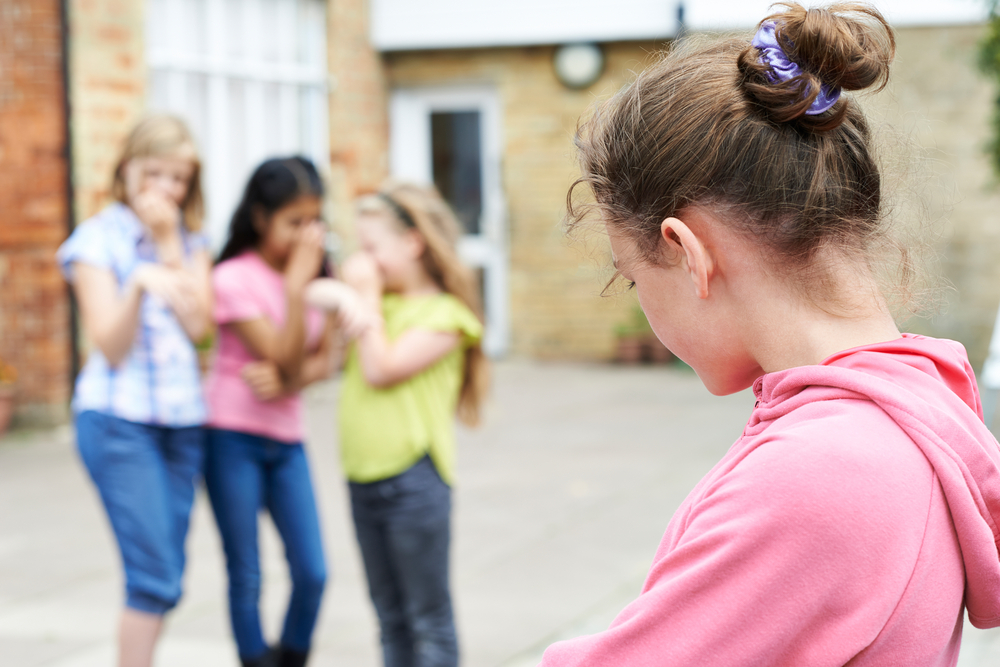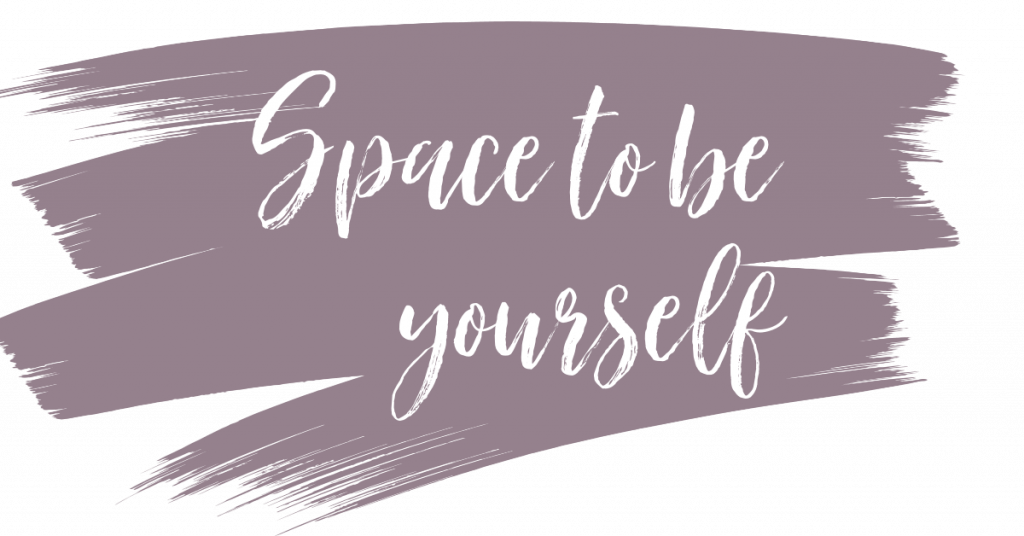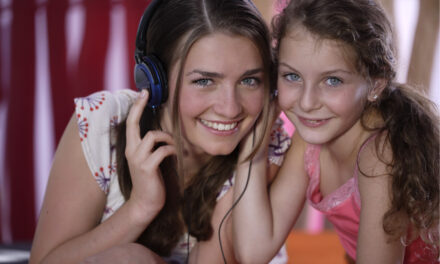Acceptance of differences is essential in moving gently through the world. However, it doesn’t come naturally to our kids. How do we help them?
Our schools are constantly responding to friendship problems, parental anxiety, social media issues, and mental health concerns. It feels as though we are forever putting out fires only to see another flare-up somewhere else.
The ignition point that sparks these fires is sometimes hard to identify. Where do they begin? They are often born out of a lack of connection and a lack of self-worth. One of the powerful factors that stop that connection and self-worth is our growing culture of judgement.
Peer judgement for adolescents is particularly powerful. Talking to young people, they don’t articulate this as judgement, they talk about it as ‘the rules.’ They know, you can’t be:
- Too quiet or too over-the-top
- Too fat or thin or tall or short or white or brown or ugly or whatever
- Too different
- Too interested in sports and not interested enough in socialising
- This all leads to many feeling unlovable, unworthy, unimpressive, and UNACCEPTABLE! These judgements may just determine the course of a young life.
You might say, “It’s always been this way”, and to an extent it has. However, today’s young people experience judgement on steroids. They are growing up with the ultimate judgement tool…digital media. They are receiving thousands of messages every day. The Resilience Project says young people receive more messages in a week than we did in a year! All this judgement leaves very little space for them to be themselves.
Why we judge
It is natural to make both positive and negative judgements. Evolution has wired us to do so for the purposes of keeping ourselves safe, and in order to find appropriate mates. However, it isn’t all biology.
Some people voice their negative judgements because it gives them power over others. It is controlling to define another person. When you give someone a label like ‘snowflake’ or ‘loser’ you minimise them, despite their achievements and talents.
When you cast judgement, you throw people off balance and make them defensive. That makes you powerful. We see it all the time in politics and in the media. It is little wonder we then watch it play out in a school setting.
The impact of judgement in schools
Judgement causes students to conform rather than express their individuality. The risk of being shamed or not fitting in robs the world of their gifts and talents. Creativity dies. They begin to dress the same way; speak the same way and they learn which ideas and feelings are safe. There is no space for difference, even though by nature we are all different and we add value to our world with those differences.
It is worth noting that schools unconsciously promote this homogenisation of children. We have very fixed versions of success and very traditional views of how people should live their lives. I say this with no disrespect to educators. We are working in a dated system that was based on a 19th Century factory model of education.
How can we minimise the power of judgement in schools?
We can’t completely stop judgement, but we can teach kids to make judgements more mindfully. After all, schools should be safe spaces. With guidance, adolescents can reflect on what they value and how that impacts the judgements they make about others… and themselves. Of course, what they value is often a direct reflection of what their parents and teachers value.
Most importantly, we can teach kids that it is possible to make a judgement and not articulate it. If you can’t be kind, be quiet.
Space to Be Yourself
There is only one school I have encountered that directly addresses the issue of judgement. Space to be Yourself is an approach adopted by Lourdes Hill College in Brisbane
Deputy Principal – Head of School, Terry Neibling recognised that many social and emotional issues experienced by young people are born out of a 21st Century judgement culture. He says, “We are quick to judge and feel entitled to express those judgements. The internet has made this a frightening combination.”
Lourdes Hill Psychologist Kristina Morgan says, “When you give people space it doesn’t mean you give up your own. There is plenty of space for everyone. Young people think they have to sacrifice something of themselves in order to allow others to shine. They don’t!” Kristina tells students, “Don’t shrink, shine. Everyone gets to shine…including you!”
The beauty of Lourdes Hill’s approach is that it is championed by students. It started in a student leadership meeting when Terry Neibling said, “I just wish you would all give each other space to be yourselves”. The student leadership loved the expression and adopted it from then on. That student-driven change is key, and it’s working.
The College is seeing higher participation rates in its service programs, leadership, and creative arts. Students don’t really understand when we talk to them about notions such as integrity, acceptance, and tolerance. “Space to be yourself’ hits a nerve with them. It gives them the permission they need to be courageous and to encourage others to be courageous.
7 ways to teach kids to accept differences in themselves and others
1. Make ‘Space to be yourself’ a mantra in your home. You don’t have to use those words but make that message clear.
2. Value and highlight differences. Tell stories about people who are different and the courage that takes. Show the benefits of difference.
3. Talk to kids about what they value. Teach them that other people have different values, and that’s okay. We respect that.
4. Model mindful judgement. As with all social and emotional learning, role modelling is very powerful. Talk to your kids about the judgements you are instinctively making and then how you are mindfully making space for others.
5. Ensure your children know that helping other people shine doesn’t diminish their own light. There is space for everyone to shine.
6. Help kids make peace with the fact that not everyone is going to like them. If they are authentically themselves, they will attract their tribe.
7. Be patient. Whether it is at home or in a school or any other community, change takes time. Persist.
Finally…
Creating a school culture of inclusivity and acceptance shouldn’t be counter-cultural, but it is. Hopefully, young people, like those at Lourdes Hill, will begin the change we all need.








